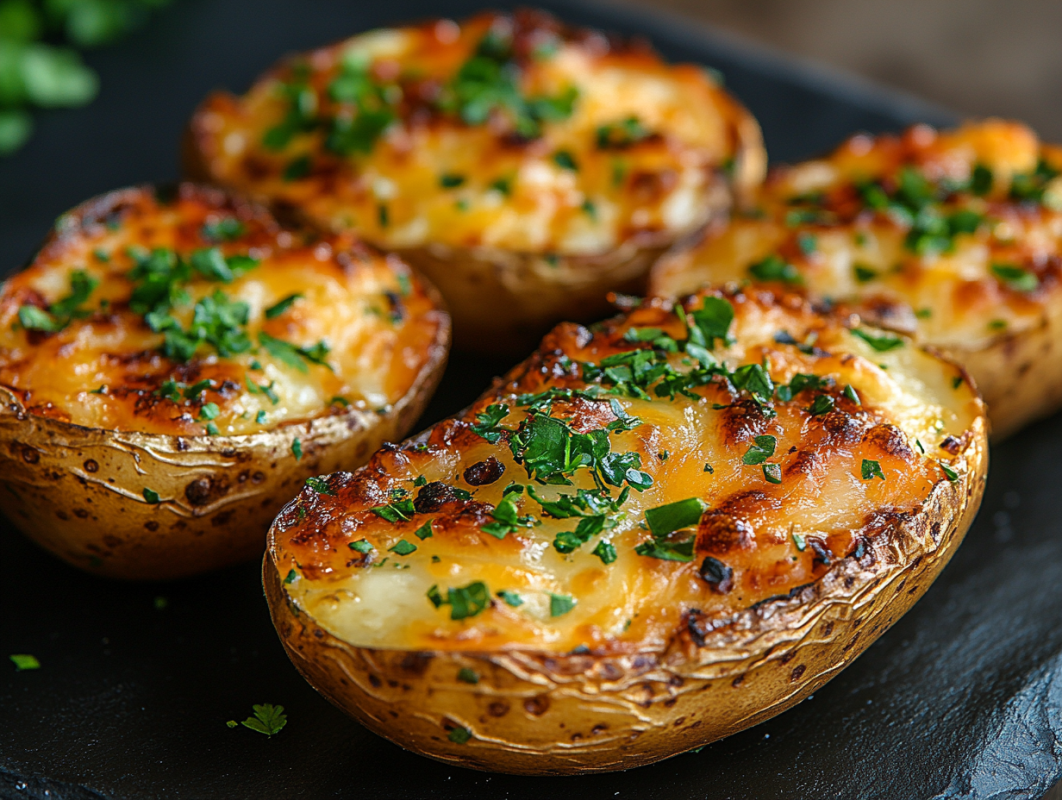Food is so much more than something we eat. It’s a language, a story, and sometimes even a time machine. If you want to truly get to know a place, there’s no better way than by exploring its local food markets. These bustling hubs are where history, tradition, and everyday life meet in a colorful swirl of sights, smells, and tastes. They’re places where you can bite into a ripe peach at a farmer's stand or sip a spicy broth at a vendor’s stall. Food markets offer a direct connection to a community’s culture, but it’s about more than just eating. It’s about looking, listening, and soaking up everything around you. Here’s how to turn a simple trip to a food market into a meaningful
How to Truly Experience Culture in a Food Market
Going to a local food market or a midnight market can feel a little intimidating. After all, there may be a language barrier, and you may not know how to cook the items there. No need to fret! Most people are happy to share their culture with you, especially if they aren’t too busy. Here are some steps you can take.
Go Early and Observe
Arriving early gives you more than just the first pick of the produce. This is when the market is coming alive, and you get to watch the vendors set up, interact with each other, and prepare for the day. It’s also a quieter time, perfect for soaking in the atmosphere without the midday crowds. Look at the way the food is displayed, the way people haggle (if they do), and the relationships between sellers and buyers. These are all cultural cues.
Talk to the Vendors
Don’t just look—talk! Most vendors are proud of their products and love to share the story behind them. Ask about the origins of a dish or how to prepare a less familiar ingredient. If you’re at a market in Mexico and come across huitlacoche (a corn fungus often called “Mexican truffle”), the vendor can explain its culinary and cultural significance. These conversations shed light on cooking traditions and local customs. Going early also gives you a chance to talk to a vendor without them being too busy with another customer. Just wait until they’re finished setting up first.
Try Something New
It’s easy to stick to what you know, but this is your chance to branch out. Sample exotic fruits, snacks, or dishes you can’t find back home. Sometimes, you’ll discover new favorites. Other times, you might be pleasantly surprised or hilariously startled. Either way, taking a risk with new flavors is part of the fun. Don’t be afraid to ask the vendor how they would prepare the ingredients or a recipe you can follow.
Take a Cooking Class or Food Tour
Some markets offer cooking classes or guided tours that give you a deeper understanding of what you’re buying. These experiences teach you how foods are used in local dishes and provide context about their history. Taking a class at Bangkok’s Chatuchak Market might teach you how to prepare mango sticky rice or tom yum soup using ingredients straight from the stalls.
Notice the Non-Food Items
The focus is often on food, but don’t overlook the other items being sold. Handwoven baskets, colorful ceramics, or even the way food is packaged can indicate local craftsmanship and aesthetics. These are cultural expressions just as much as the food itself.
Must-Visit Food Markets in the U.S.
Pike Place Market – Seattle, Washington
Pike Place Market is one of America’s most famous public markets, and it’s got everything including fresh seafood, produce, flowers, and handmade crafts. Watch employees toss fish at the fish markets, sip coffee at the original Starbucks, or grab a bowl of clam chowder and take in views of Elliott Bay. This market is deeply tied to Seattle’s maritime history and its reputation as a foodie destination.
Union Square Greenmarket – New York City, New York
Located in Manhattan, the Union Square Greenmarket isn’t just for tourists, it’s a local favorite. Farmers from around the region gather here to sell seasonal and organic produce, baked goods, meats, and more. Visiting here is like getting a snapshot of New York’s diverse food culture, with everything from heirloom tomatoes to maple syrup on display.
French Market – New Orleans, Louisiana
The French Market is steeped in history, dating back to the late 1700s. Strolling through its stalls gives you a taste of New Orleans, quite literally. Try beignets, gumbo, and po’boy sandwiches while soaking in the market’s lively vibe. New Orleans’ cultural melting pot, blending French, Spanish, Creole, and African influences, comes alive here.
Eastern Market – Detroit, Michigan
Known as one of the largest and oldest public markets in the U.S., Detroit’s Eastern Market has been a hub for fresh food and community gatherings since 1891. Here, you’ll find everything from farm-fresh produce to locally produced honey, artisan breads, and prepared foods. It also showcases Detroit’s rich cultural mix, with influences from Eastern European and Middle Eastern communities.
Iconic Food Markets Overseas
La Boqueria – Barcelona, Spain
This vibrant market is a feast for the senses, with endless rows of fresh seafood, Iberian ham, cheeses, and colorful fruits. Grab a seat at one of the food counters and try classic Spanish dishes like paella or tapas. La Boqueria has been serving Barcelona since the 13th century and reflects Catalonia’s food traditions mixed with global influences.
Chatuchak Market – Bangkok, Thailand
Known as one of the largest markets in the world, Chatuchak isn’t just for food, but the culinary section is legendary. From street food staples like pad Thai and green curry to exotic fruits like durian and mangosteen, Bangkok’s culinary heritage is on full display here. You’ll also find Thai cooking ingredients that are hard to get anywhere else, like kaffir lime leaves and tamarind paste.
Borough Market – London, England
London’s iconic Borough Market is a foodie’s dream, offering everything from artisanal cheeses to freshly baked pastries and unique condiments. The market’s history dates back over 1,000 years, and its focus was initially fresh produce. Today, it also features international foods, from Spanish chorizo to Ethiopian coffee. Its diversity reflects London’s global mix of cultures.
Tsukiji Outer Market – Tokyo, Japan
The main wholesale fish market has moved, but the Tsukiji Outer Market is still an unmissable destination. This is the perfect place to sample fresh sushi, sashimi, and other Japanese delicacies. You can also find unique kitchen tools, seaweed, and spices which are integral to Japanese cooking. The market captures both modern and traditional aspects of Tokyo’s food scene.
 (Image via
(Image via





